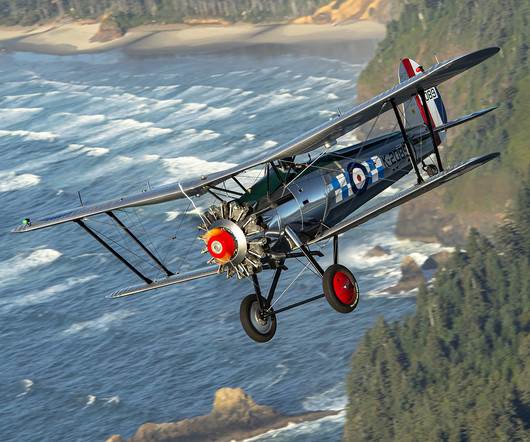A Bristol Bulldog Biplane Fighter is Once Again in the Sky
Vintage Aviation News
OCTOBER 18, 2024
“Coming back around, I’m usually at about 60 knots. I have actually taxied out with a semi-crosswind where I just turned around and came back in because I could not control the airplane with the earlier brakes. I can control it now with the Red Line Brakes, but this airplane is not built for crosswinds.











Let's personalize your content